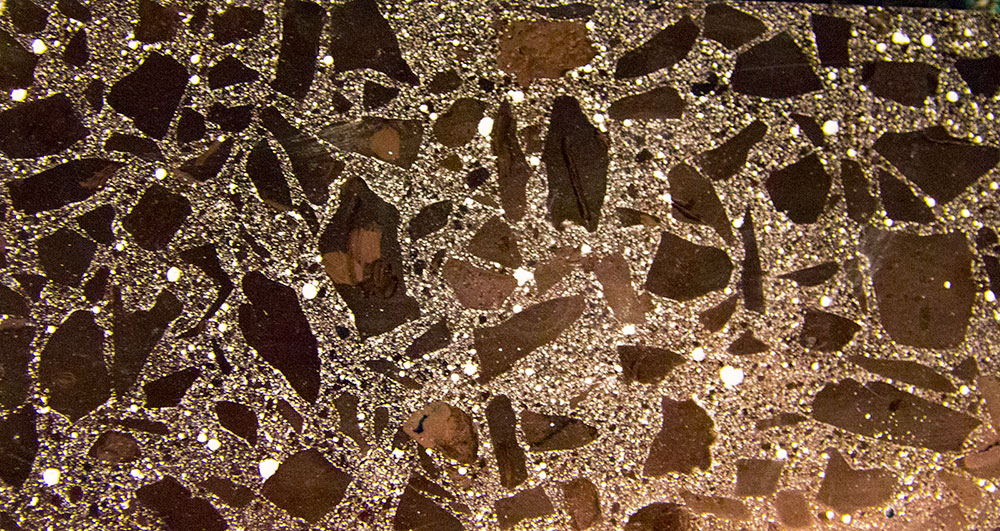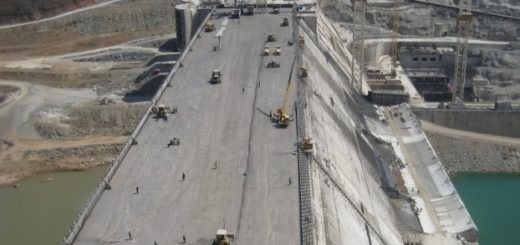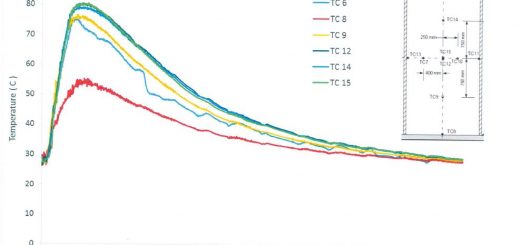Air-Entrained Concrete | Special Notes
Air-entrained concrete is a type of concrete designed to improve its durability and workability in extreme temperature environments. It is an effective solution when it comes to civil engineering projects, such as pavements, bridges, and dams, as it helps to protect against freeze-thaw cycles and chloride-induced corrosion. This blog post examines the advantages of air-entrained concrete and provides structural engineers with the technical information they need to implement it effectively in their projects.
- Under careful engineering supervision, these types of concrete are made using air-entraining Portland cement or by adding air-entraining agents as the concrete is being mixed. The amount of entrained air varies depending on the specific circumstances but is typically between 4% and 7% of the volume of the concrete.
- Concrete strength decreases as a result of air entrainment. The direct strength reduction is typically 5-6% per each 1% percentage of air entrainment, while the improved workability of air-entrained concrete can partially compensate this effect.
- In order to protect concrete against internal distress and outward damage from salt scaling in a cold environment, air entrainment is a widely used technique.
Important Facts about Air Entrained Concrete
Some of the following factors are affected by the air entrainment in the concrete
- Workability of Concrete – Generally improves
- Strength of the Concrete – Generally reduce
- Permeability – Increases
- Freezing and Thawing Durability – Improve
- De-Icing Resistance – Improve
Some of the key advantages of concrete with entrained air (not entrapped air) in addition to above are as follows.
- Low bleeding
- Improve the sulphurating capacity of the concrete
- Reduce the concrete shrinkage and surface cracking due to shrinkage
The first advantage of air-entrained concrete is its improved durability. The small air bubbles present in the concrete mix act as tiny shock absorbers, helping to protect the concrete from the stresses of freeze-thaw cycles and thermal expansion. This means that air-entrained concretes are less likely to crack and crumble over time, making it a more durable and long-lasting building material.
Another advantage of air-entrained concrete is its improved workability. The air bubbles present in the concrete mix help to make the concrete more pliable and easier to work with. This is especially beneficial in cold weather conditions, when traditional concrete can become quite hard and difficult to work with. The improved workability of air-entrained concrete makes it a more versatile building material that can be used in a variety of applications.
Structural engineers should be aware of the advantages when designing projects that require a durable and long-lasting building material. When used properly, air-entrained concrete can help to improve the durability and workability of the finished project.
What are some of the disadvantages of air-entrained concrete?
One of the main disadvantages is its increased cost. The production is more expensive than traditional concrete, due to the added cost of the air-entraining admixture. This increased cost can be a significant factor when choosing a building material for a project.
Another disadvantage of air-entrained concrete is its reduced strength. The small air bubbles present in the concrete mix act as weak points, which can reduce the overall strength of the concrete. This is an important consideration for structural engineers, as the strength of the concrete is a key factor in the safety of the finished project.
While air-entrained concrete has many advantages, it is important to consider its increased cost and reduced strength when choosing a building material for a project.




